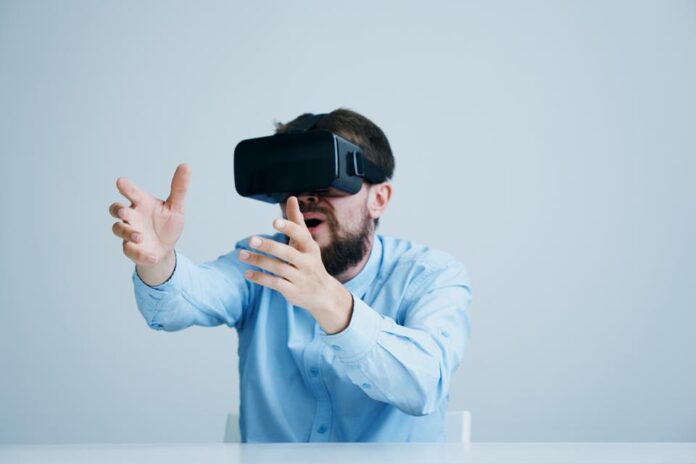Summary:
Virtual Reality hit the mainstream recently with the arrival of affordable, consumer-friendly headsets. Already businesses are keenly embracing the opportunities created by this amazing technology. That isn’t surprising, given the possibilities it creates for freeing our minds from the physical shackles of our body and allowing us to “see” into places that only exist in the digital world.
In manufacturing and production-driven businesses, VR allows every characteristic of a part, process or mechanism to be simulated and tested. Performance or reliability can be tested and examined under any condition, far more cost-effectively, quickly and safely. Of course, there are usually up-front platforming and tooling costs. But increasingly these are likely to be mitigated by the arrival of VR-as-a-service
VR offers every business the chance to rethink how they present to and engage with, their customers. As both marketing and customer service tools, VR opens new possibilities for showcasing products and services. Further down the line, it is likely to become a uniquely useful source of information on customer behavior. This is because when someone is engaging with you in a virtual, digital world, a huge amount of data becomes available on how they act, react and interact.
But for early-stage market research and quickly getting an overview of a brand’s product range, VR will increasingly offer a convenient alternative. Swedish furniture giant Ikea already offers virtual showrooms and many more retailers are likely to follow.
This already has applications in healthcare, where surgeons are using it to train in making life-or-death choices while carrying out complex operations on children. This simulation goes as far as scanning and creating 3D representations of the real nurses the trainees will work with so they will see familiar faces when they get into the actual-reality operating theatre.
Analysis:
Since the HYVE is a virtual reality system, it was important for me to understand how different users could actually use this. This article dives deeper into how businesses are finding opportunities within VR and business success. The next step is how to facilitate the physical space to accompany the virtual space. This article does address this slightly when it says, ” Of course, real-world showrooms are likely to remain a part of the marketing landscape for some time, as for many products there will be a point where consumers want to see and feel the physical product.” The physical space may in fact be more important than the technology itself since it is how people will occupy the space.
Having these different activities involving prototyping, architecture, marketing, HR, and more in mind will inform the design aspects of the space. Will users be standing? Sitting? Moving around? What things could assist in using VR? Paper? Laptops? iPads? Pedestals? It is integral for the physical things to seamlessly assist those using Virtual Reality.
Source:
Marr, B. (2019, September 5). The amazing ways companies use virtual reality for business success. Forbes. Retrieved September 8, 2022, from https://www.forbes.com/sites/bernardmarr/2017/07/31/the-amazing-ways-companies-use-virtual-reality-for-business-success/?sh=3c695f181bae




